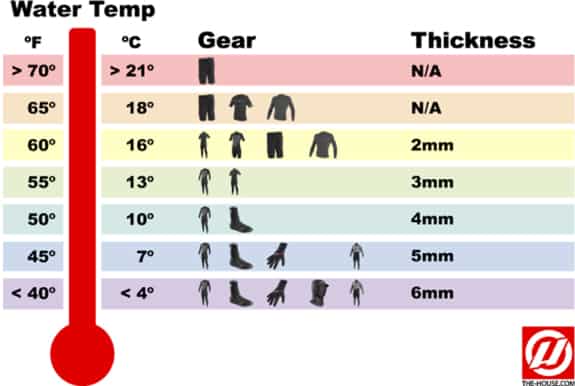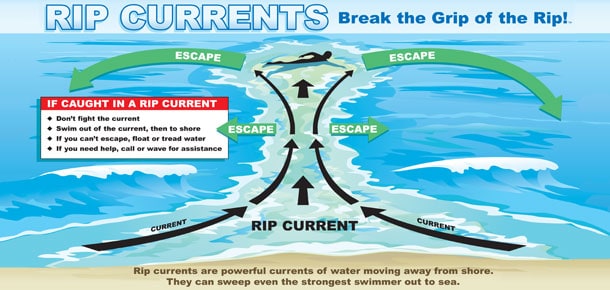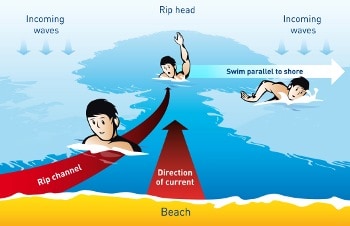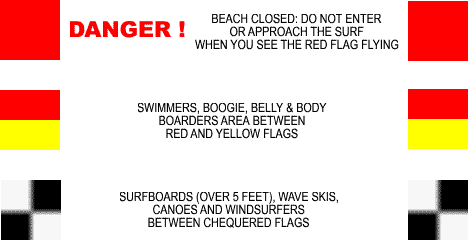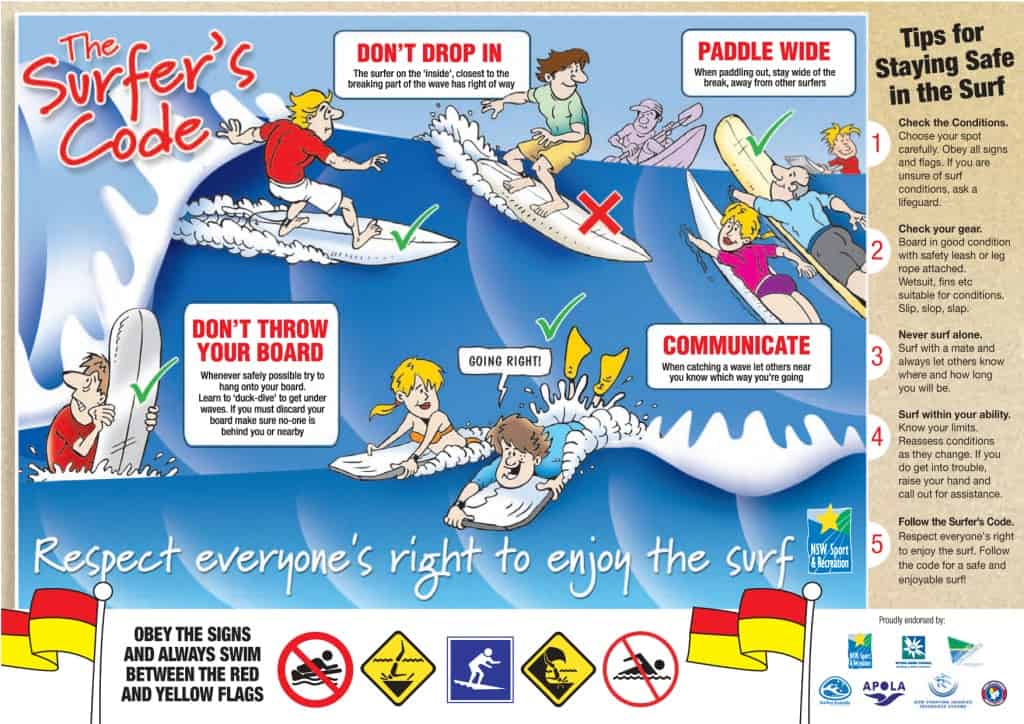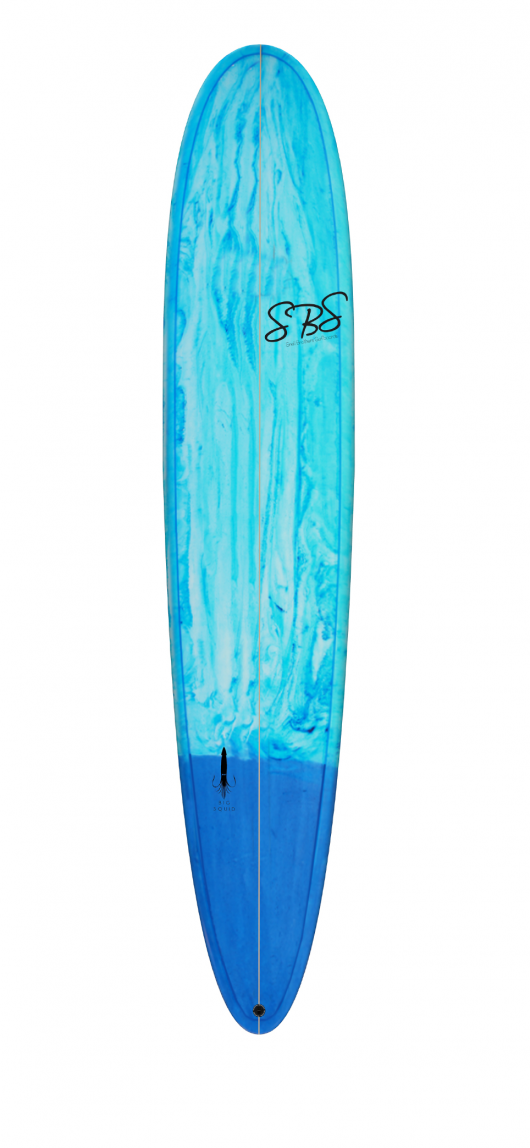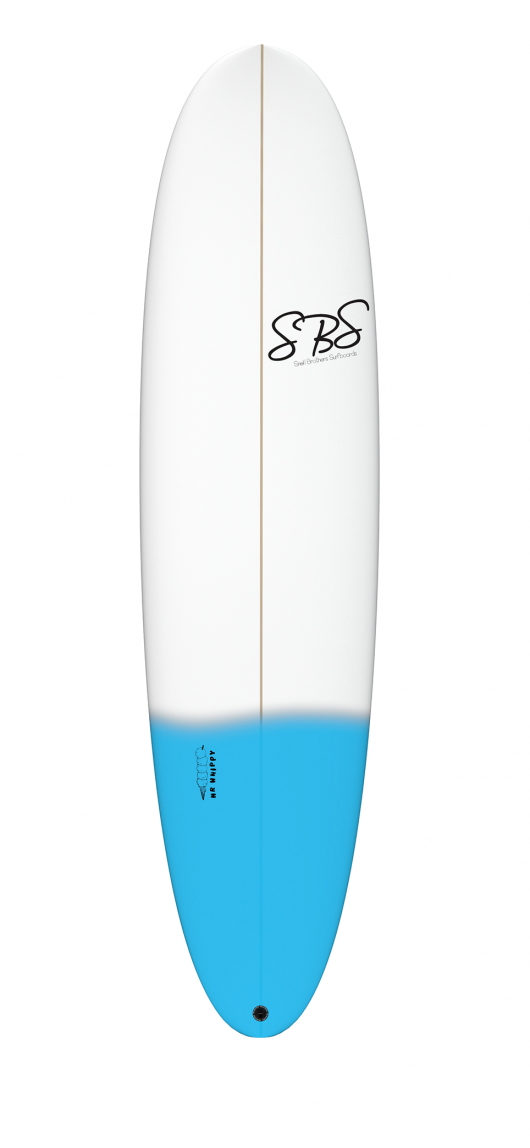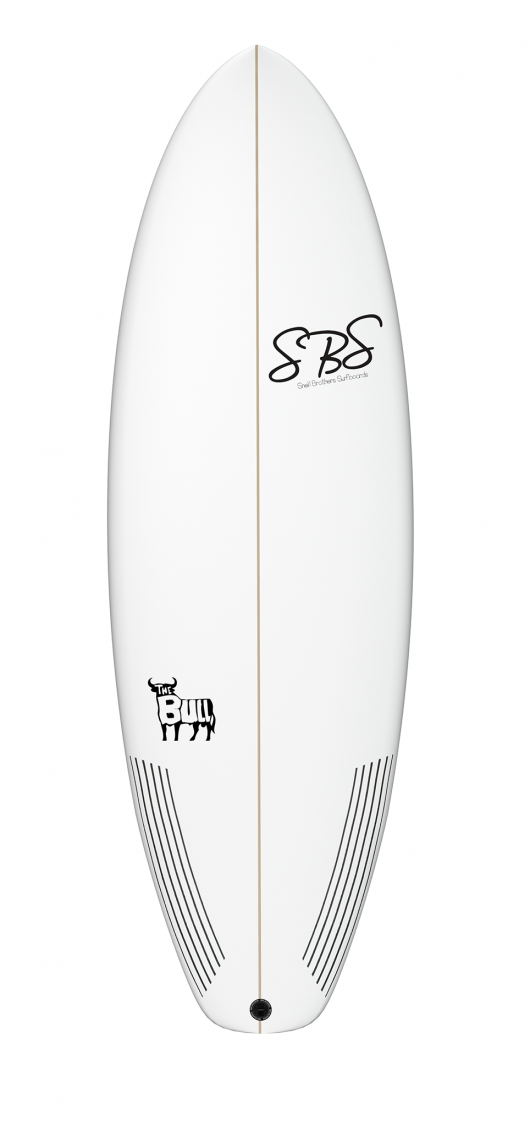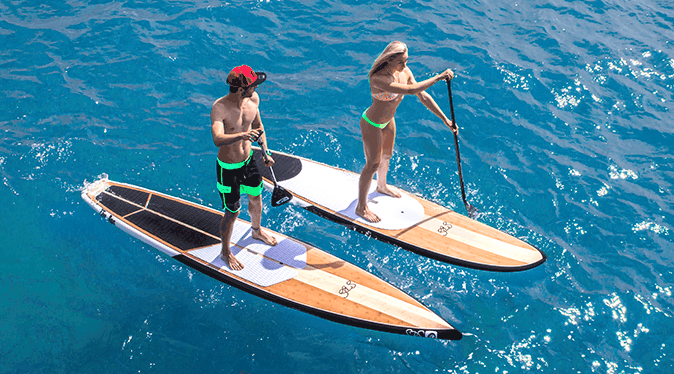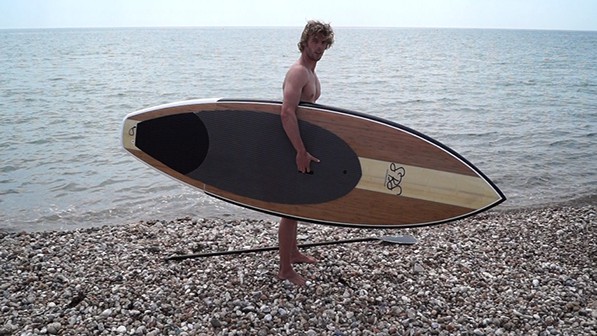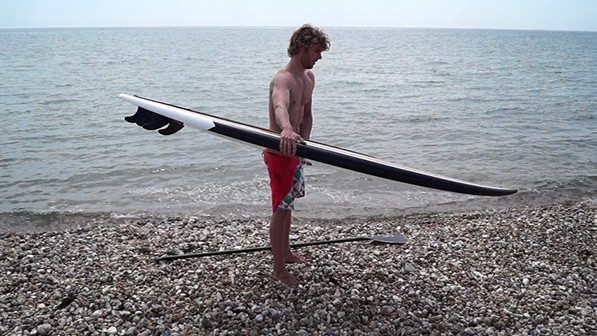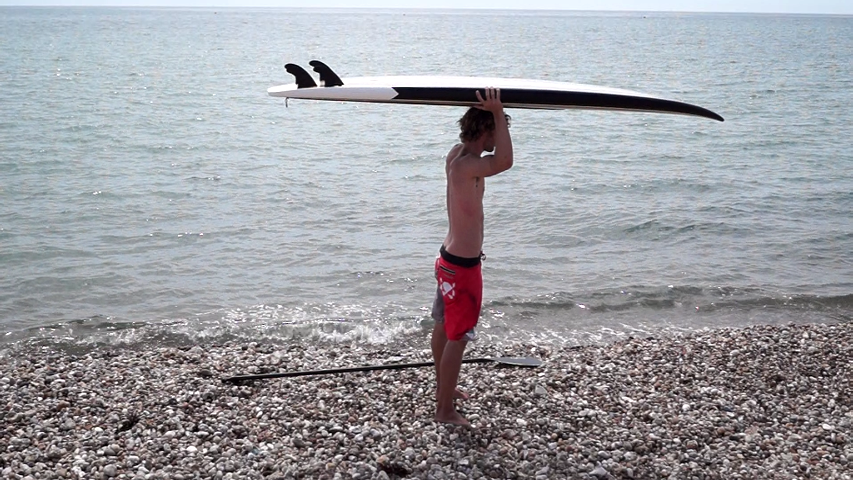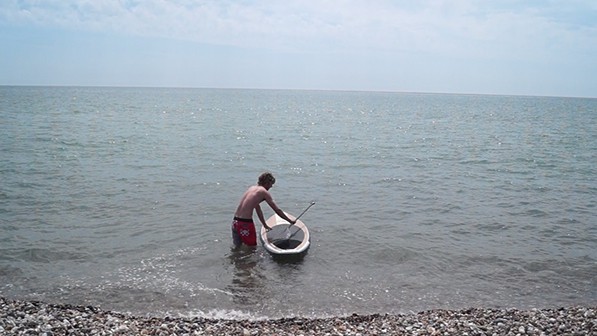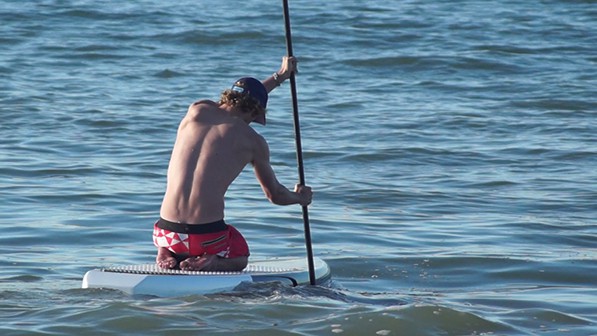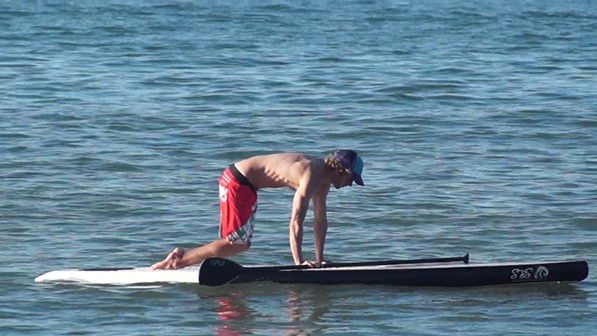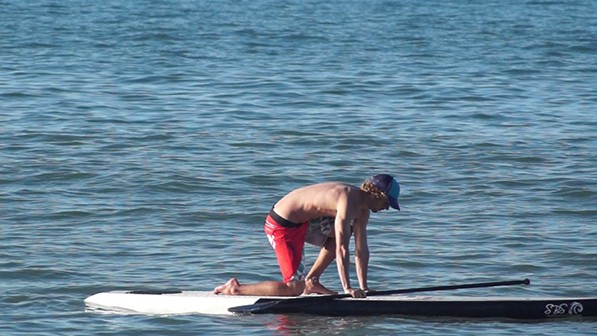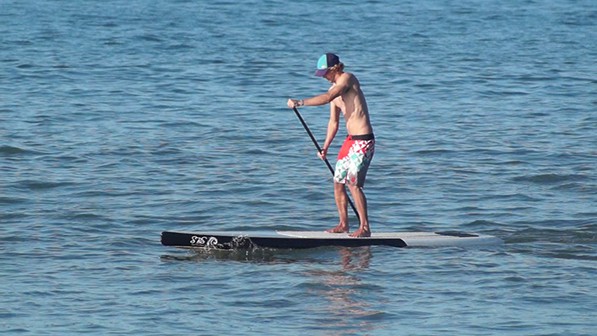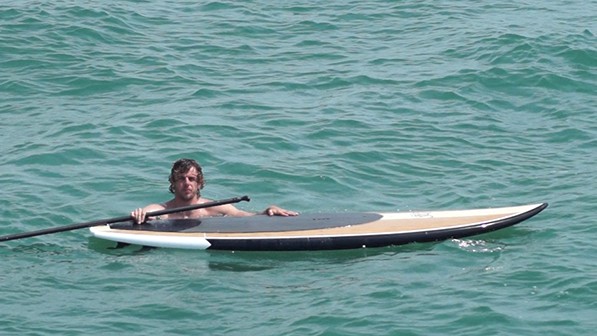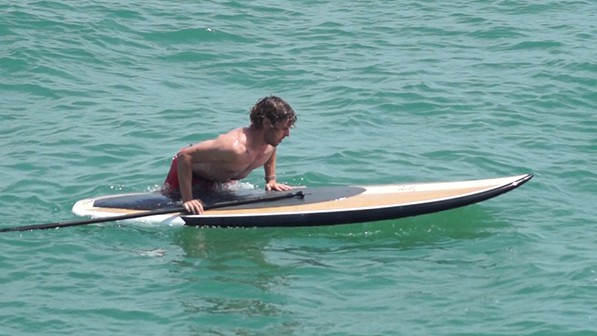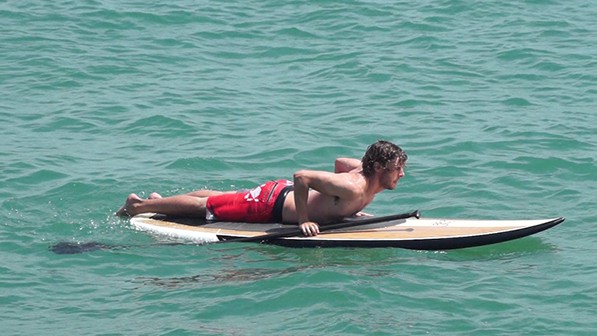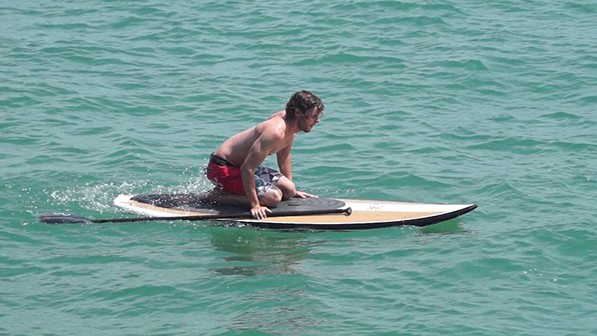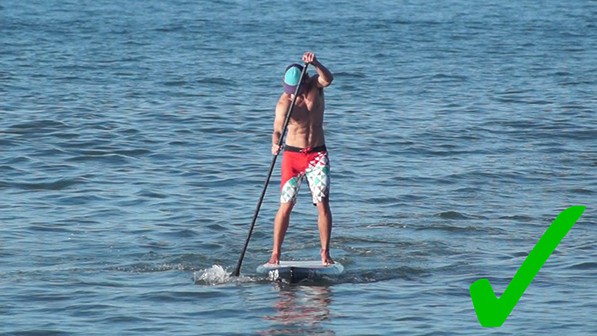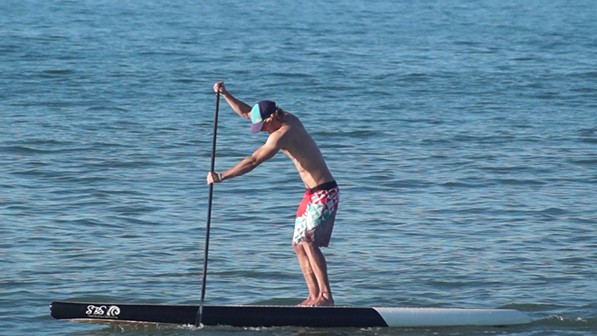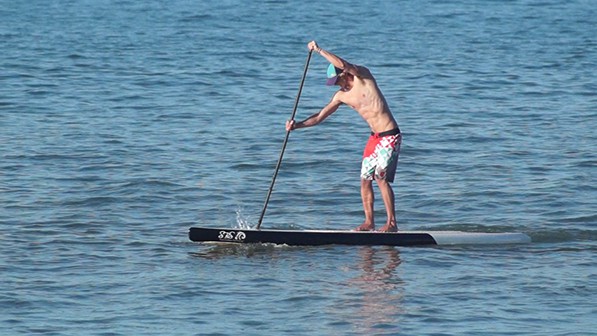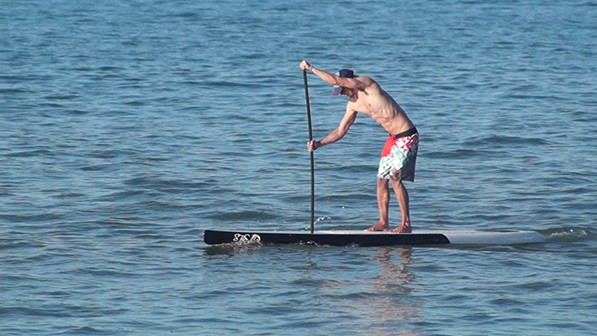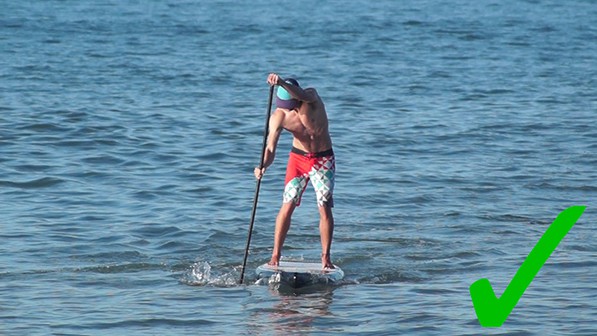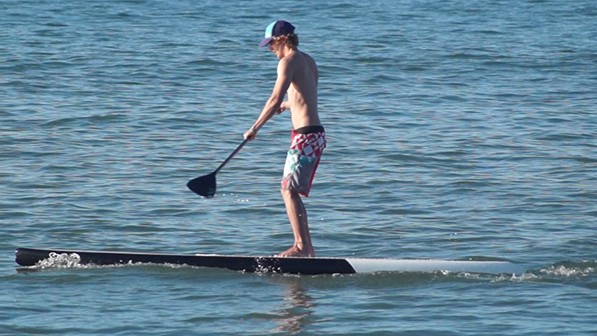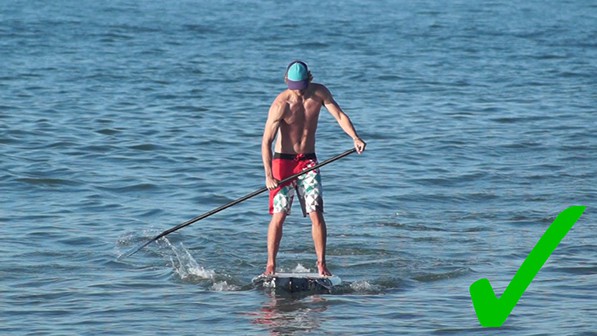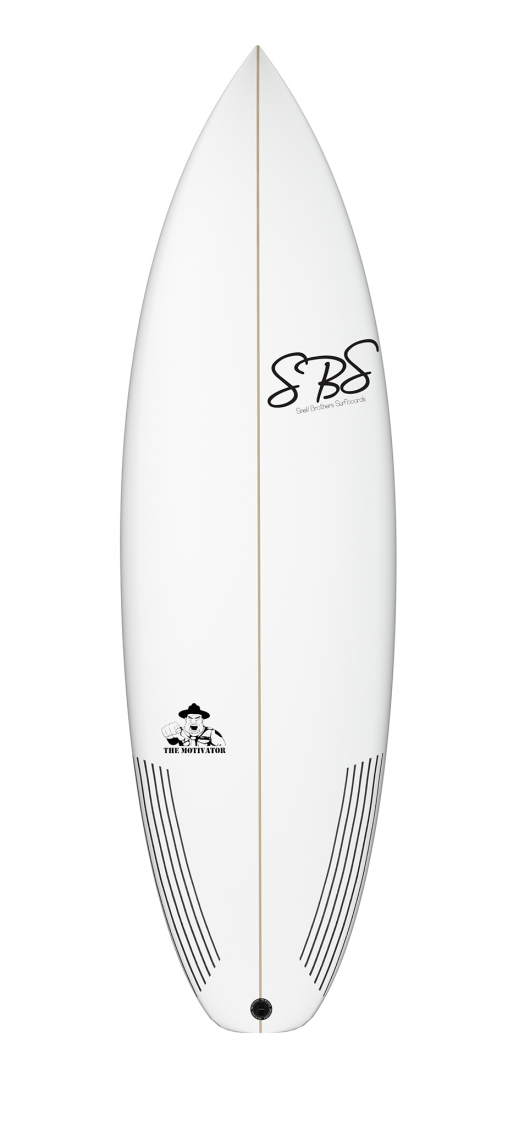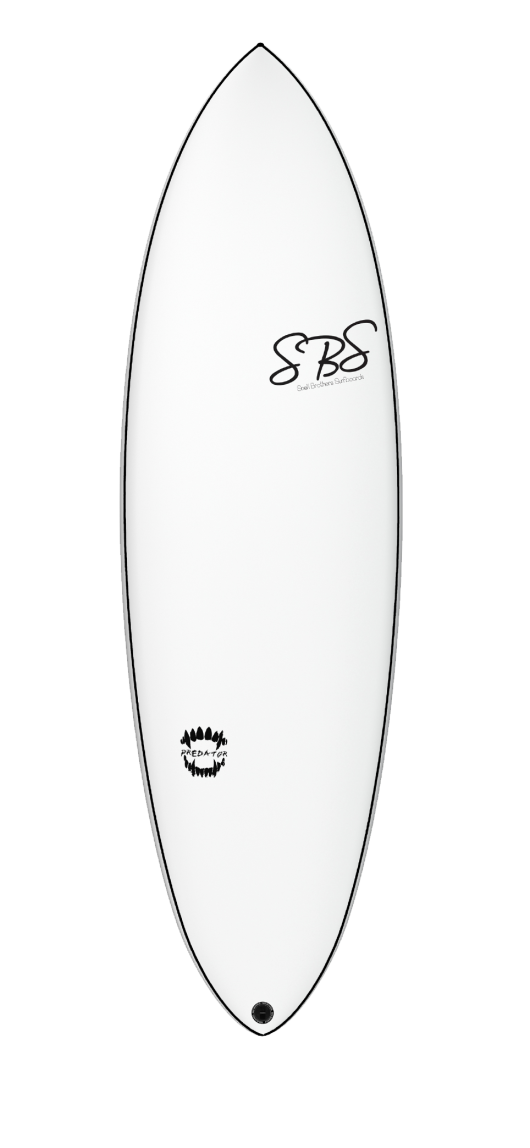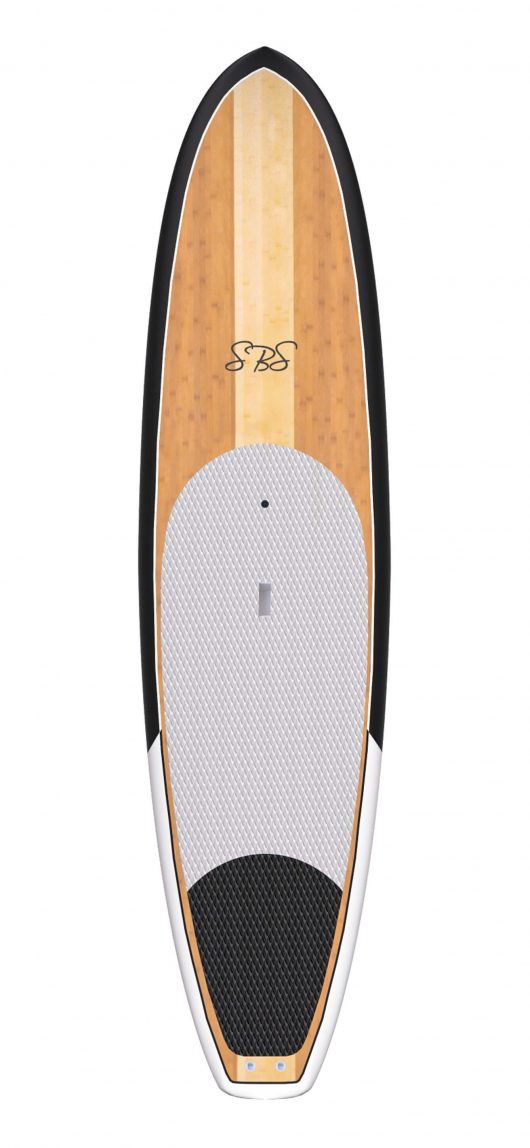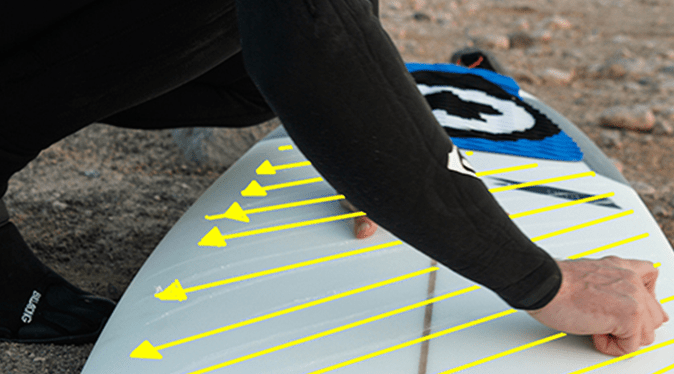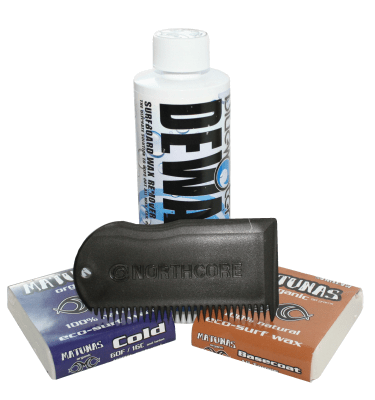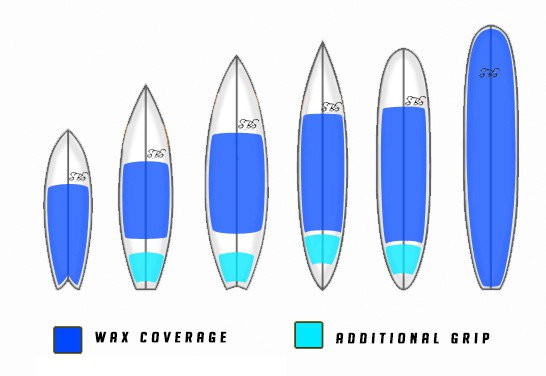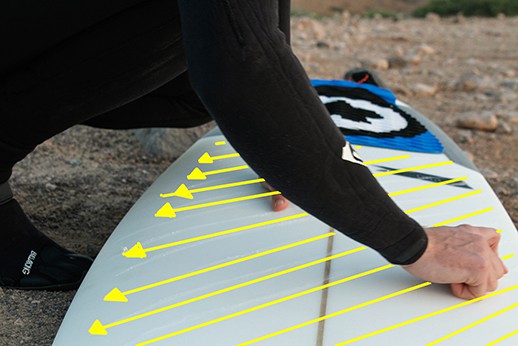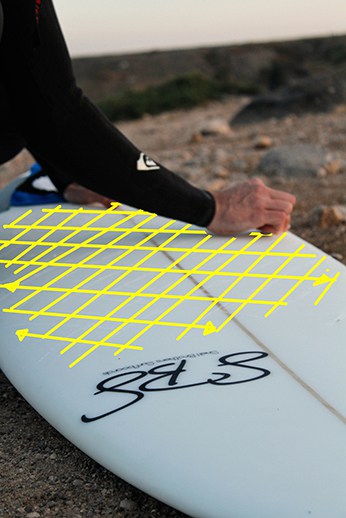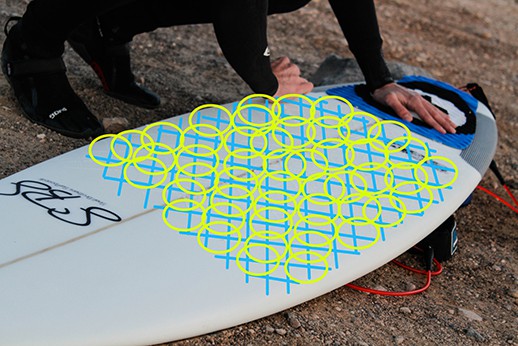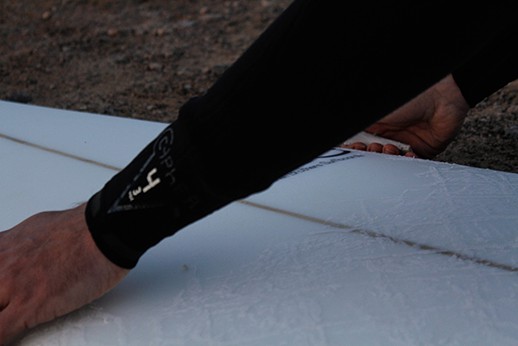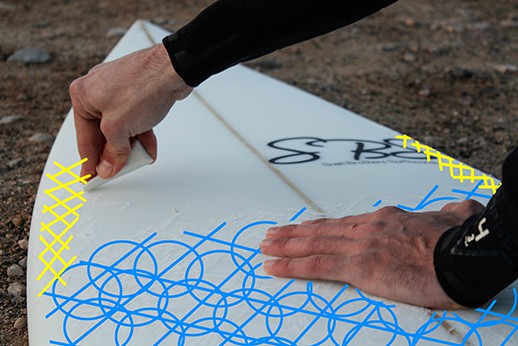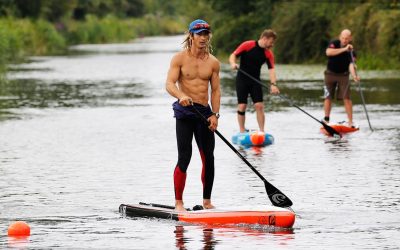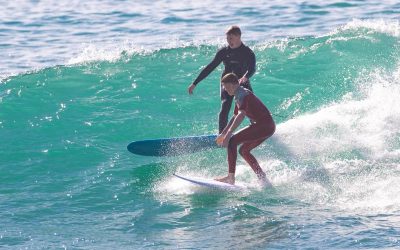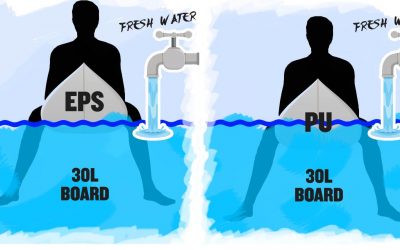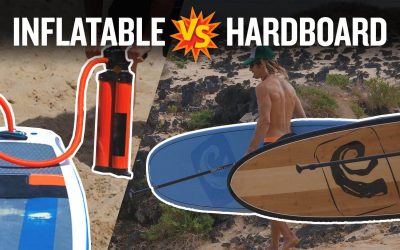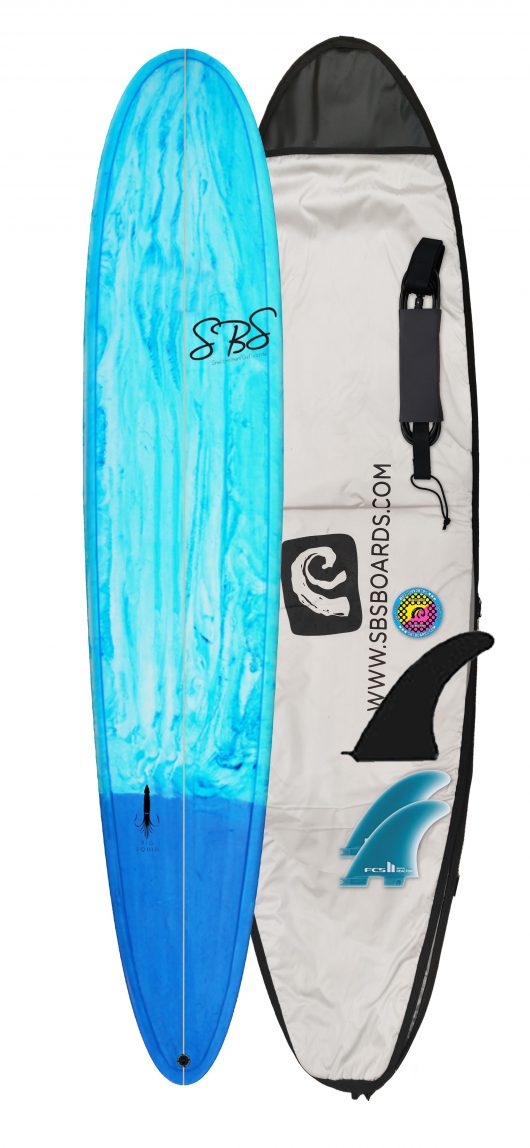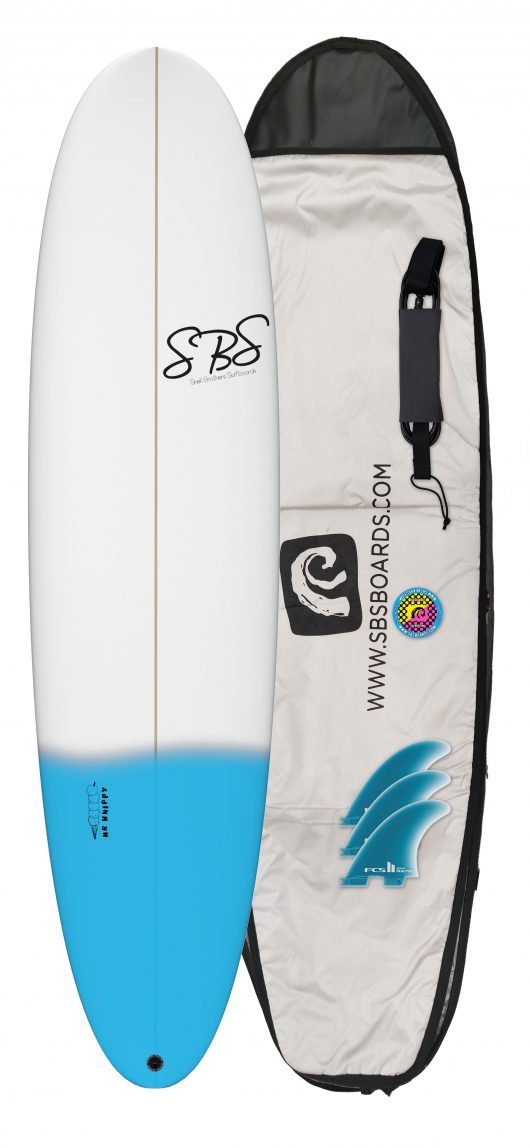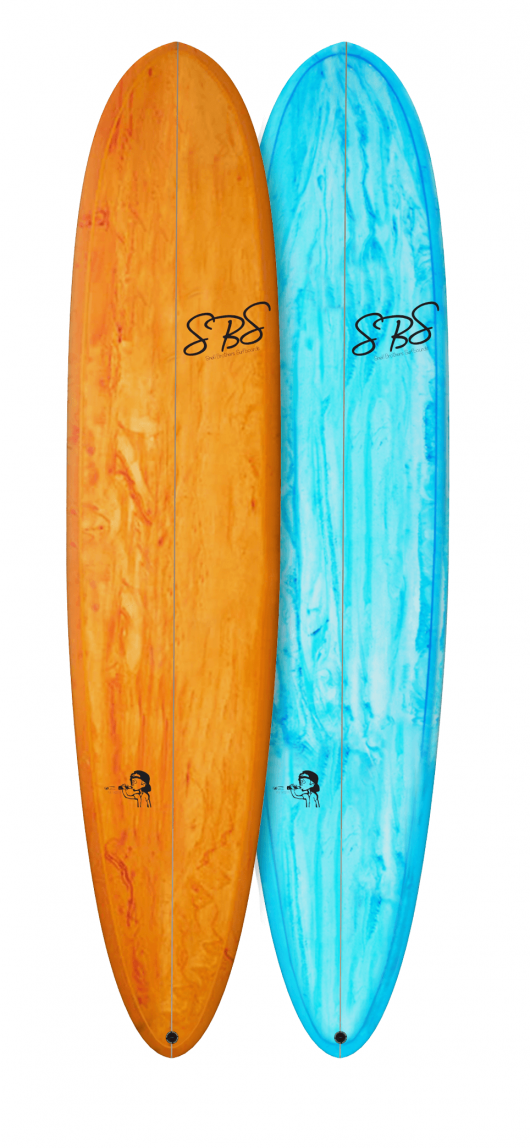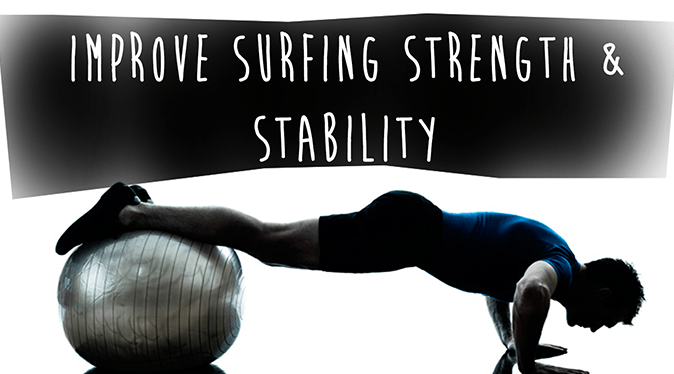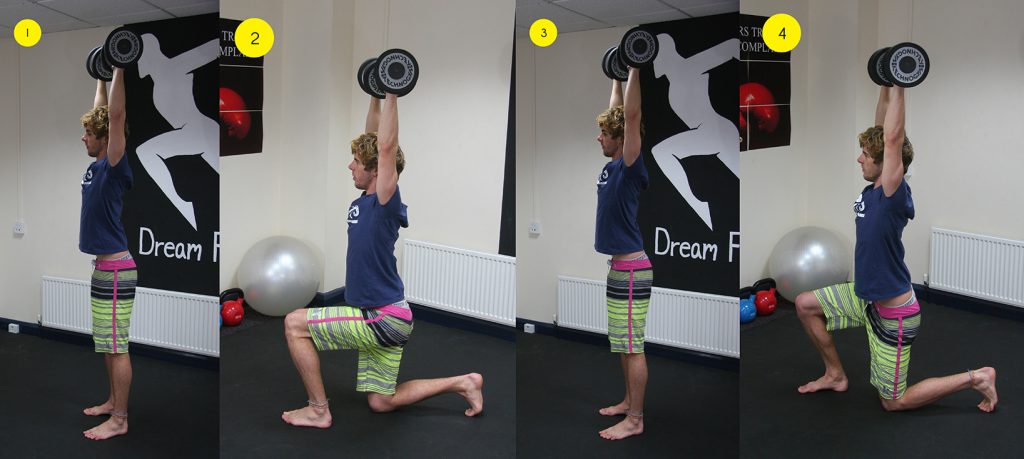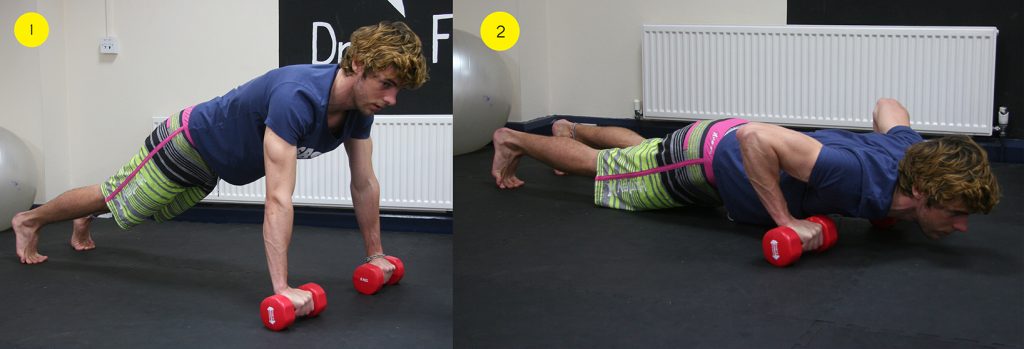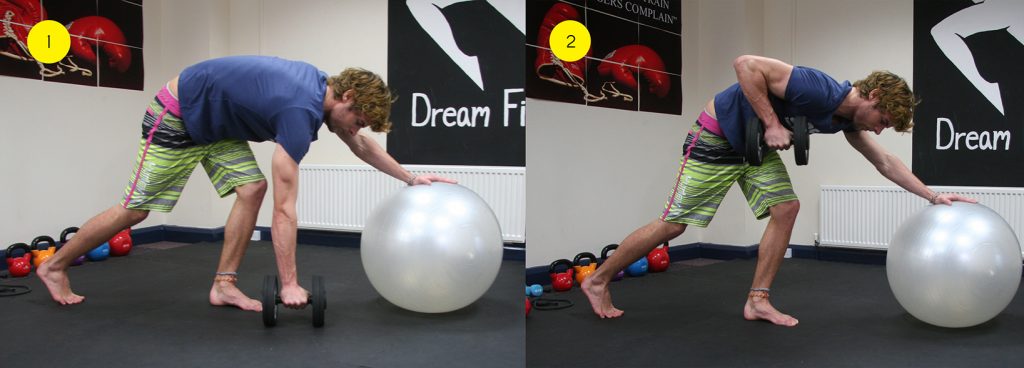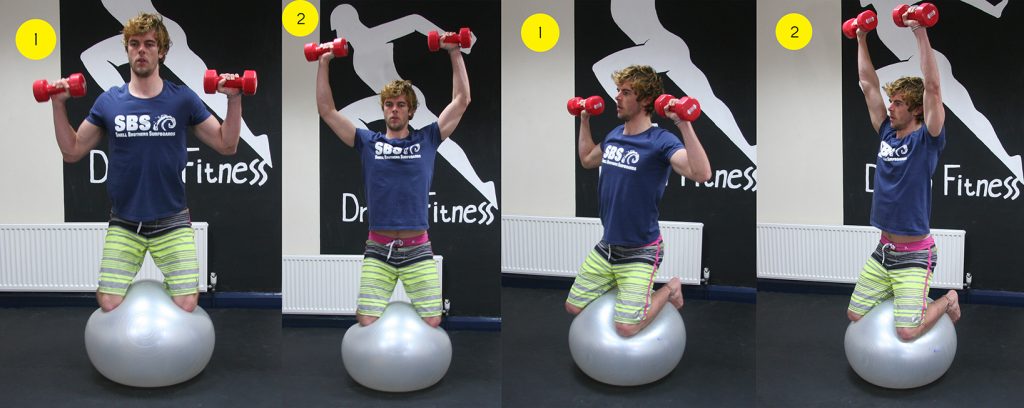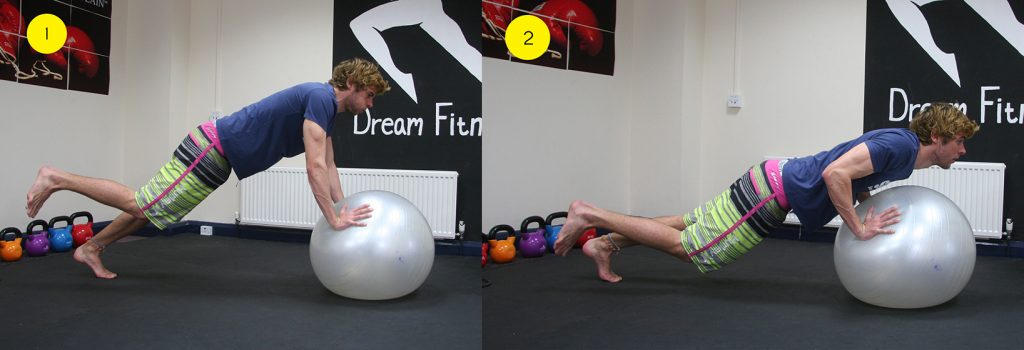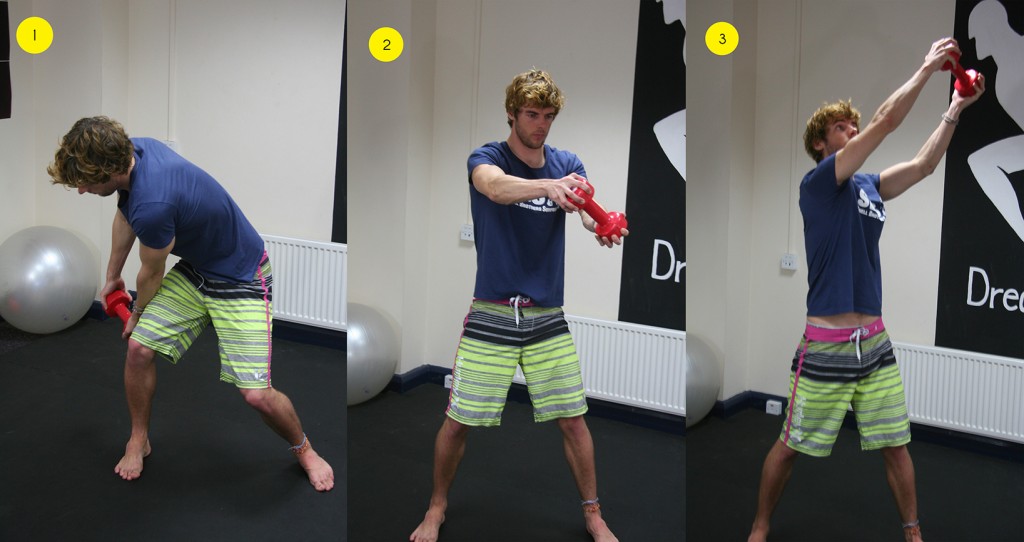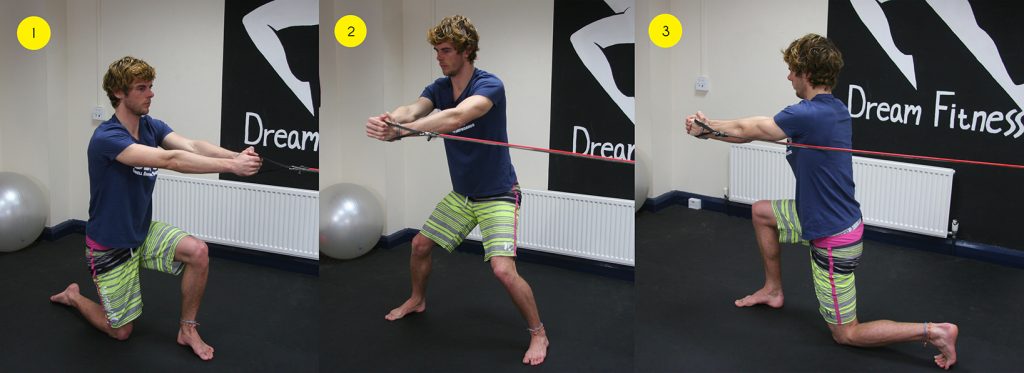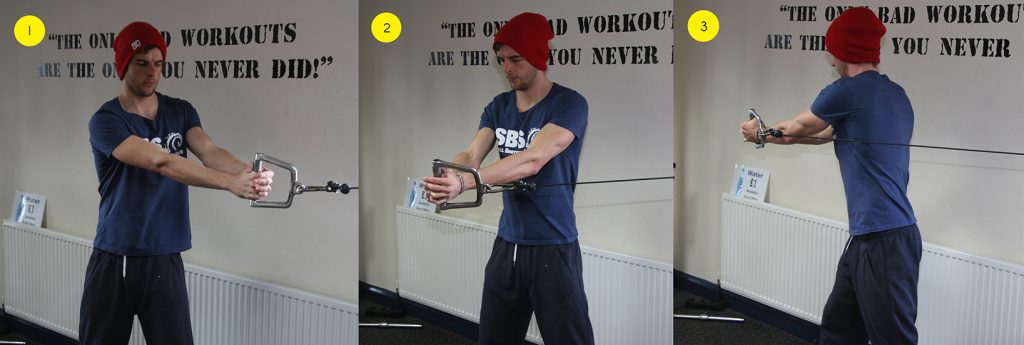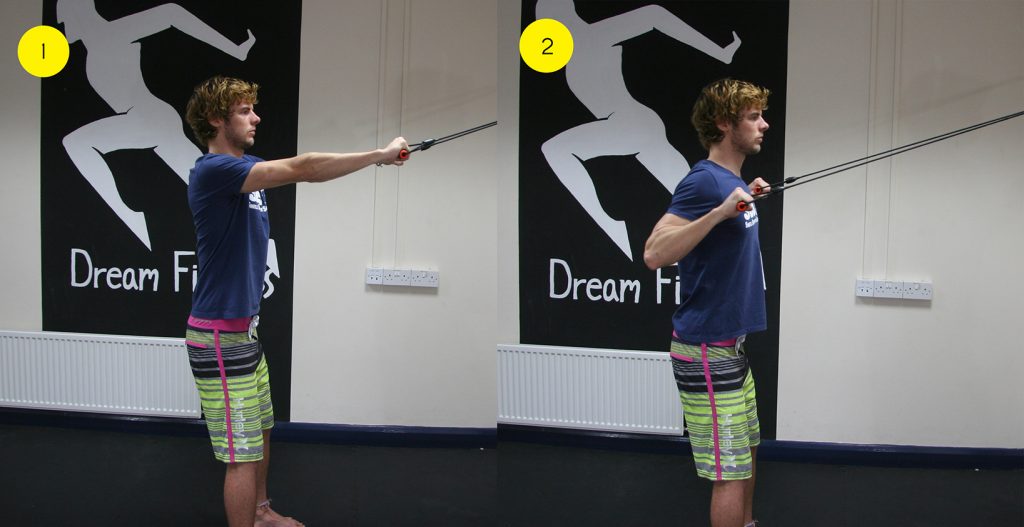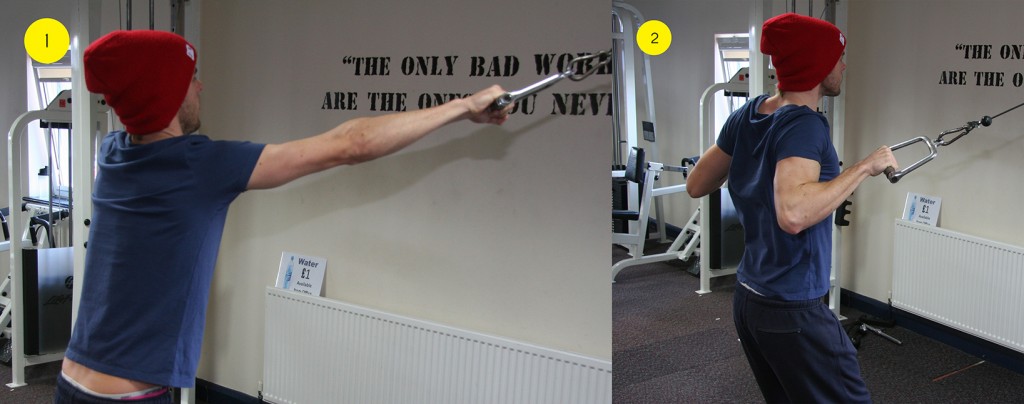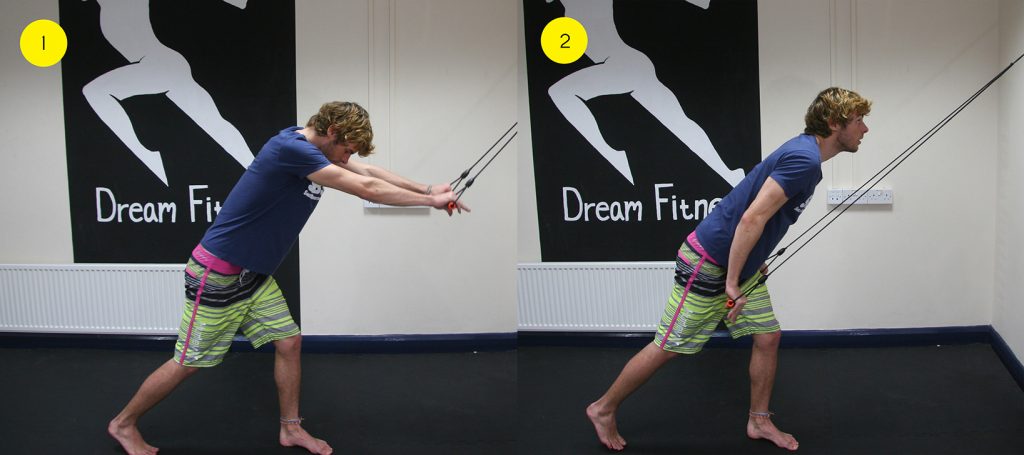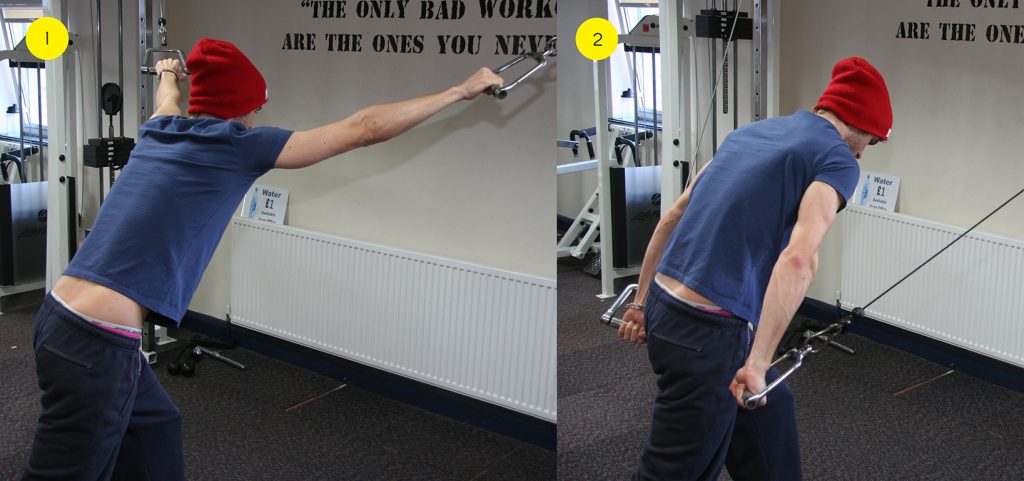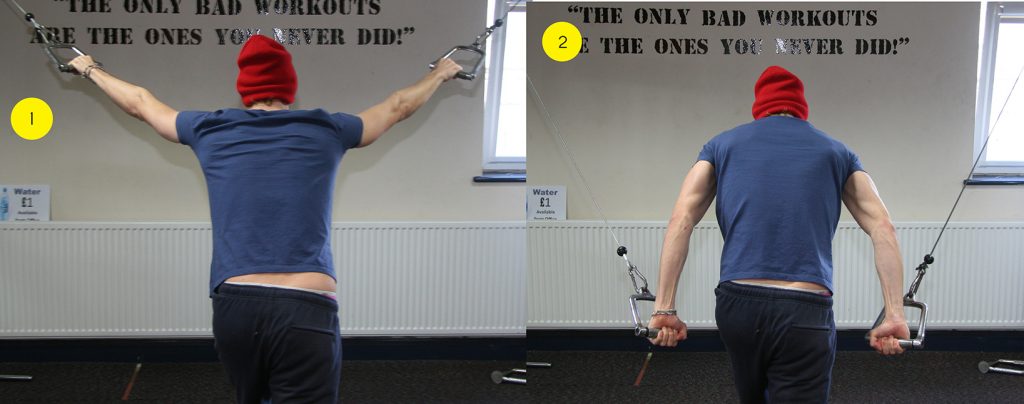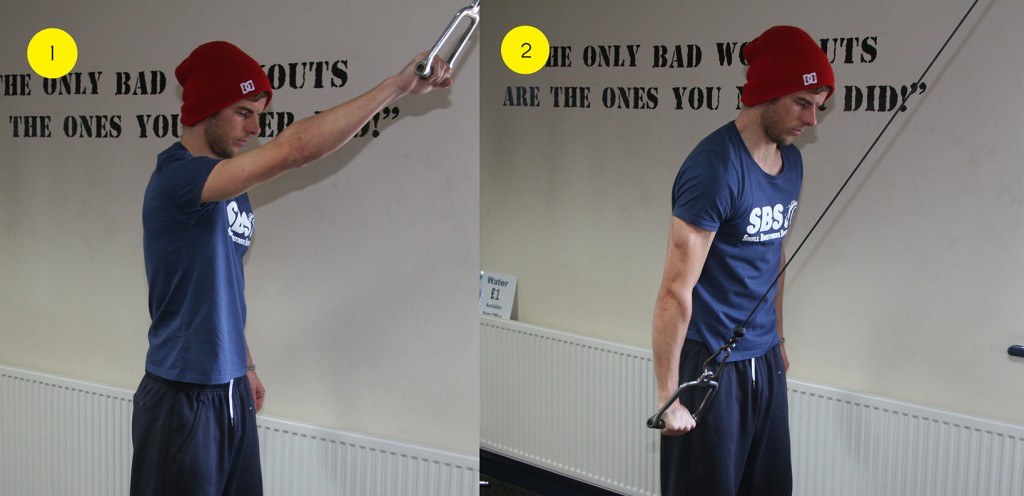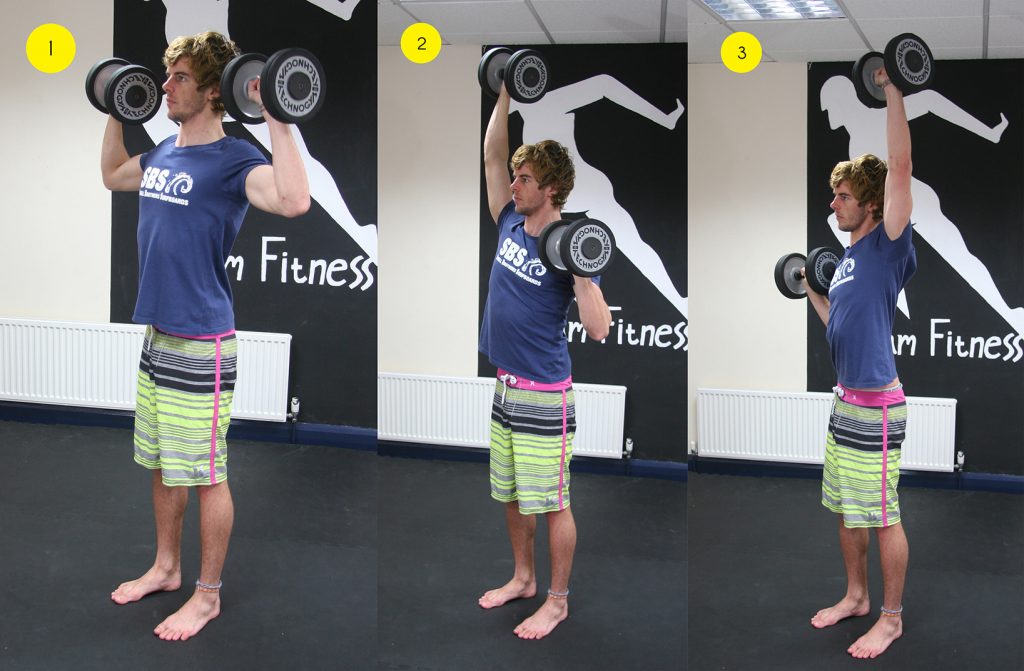The Wave Garden Bristol “First Look”The Wave Bristol Has released its first short video of the waves produced by wave garden specifically wave garden cove technology and we got say its looks incredible. ever since the first idea of the wave bristol came about we have...

Beginners Guide to Surf Safety & Surf Etiquette
Beginners guide to Surf Safety & Surf Etiquette
Learning to Surf is one of the most fun and life changing experiences you can have, and for lots of people journey that can last a life time. But before you start it’s really important to have a basic understanding of all the safety elements associated with surfing before getting in the water .Below we have out lined some simple tips to help keep you safe in the water and make your surfing experience as pleasurable and as safe as possible.
Things to know before you go
– Have a Lesson: If you are starting surfing have a lesson by a qualified School/instructor. Here you will be introduced to the sport in a safe environment.
– Be a Good Swimmer: Do not attempt surfing unless you can swim.
– Always let somebody on land know where you have gone and when you will return.
– Check the weather and tides before you paddle out. Learn to observe the ocean so you can identify rips, wind changes and other hazards.
– Check Equipment: Make sure your equipment; especially your leash is in good order. Remember it is much easier to spot a brightly coloured surfboard or wetsuit at sea in the event of you requiring rescuing. Consider other safety equipment.
– Protect your Head: When you “wipe-out” always protect your head with your arms.
– Help Others: Should you see a surfer in difficulty in the water DON’T DELAY phone 112 (EU) or 999 (UK) and ask for the Coast Guard. Even the most experienced surfer may at some time require assistance.
– Know First Aid: Every surfer should obtain first aid and water safety training you might just save a life of a friend or fellow surfer.
– Always be aware of other surfers: around you, never let go of your surfboard if caught inside unless you are 100% sure that there is no one behind you.
– Stay With Your Board: If you find yourself in difficulty it is important to stay calm and always stay with your board.
Fit to surf
“Making sure you are fit enough for surfing is a key part of staying safe”
– Knowing how to swim is the best defence against drowning. Swimming instruction at an early age is a crucial step to protecting the surfer from injury or death.
– You need Reasonable fitness and be able to swim. For your swimming ability you will need to be able to swim comfortably for at least 500m. (Remember the bigger the surf the harder it’s going to get and the stronger your swimming will need to be.
– Your fitness will also influence how long you stay in the water for (the fitter you are the longer you can surf)
Protect your self
– Don’t dive head first: (protect your head and neck) When falling off a surfboard or “wiping out” try to fall flat always extending a hand ahead of you. Try to land feet first if possible and always protect your head with your arms.
– Sun protection: SPFs of at least 15, which block 93 % of UVB rays. While Higher SPFs may be advisable for sun-sensitive individuals, skin cancer patients,
– Rash guards: helps protects against sun damage. They also help protect against rash caused by an allergic reaction to
– Wetsuit: Using a wetsuit especially the correct wetsuit when water temps are cold lower your Risk of hypothermia
Use the wetsuit guide to help keep you self safe and warm in the water.
Use A leash: Surfboards should always be used with a leash. If the wave is keeping you under and you are unable to discern Which way is to the surface you can follow the leash back to the surface. The surfboard will always stay on the Surface even when broken. If you are surfing closer to shore. The leash minimizes the distance the surfboard Gets away from you. It also saves a swim to your board after a wipe out as well as a great flotation device in an Emergency situation but should never be relied on as a life saving device.
Cramps: Avoid cramps by not eating at least one hour before surfing and of course don’t go surfing When drunk!
Water Safety
Rip Currents
Rip current also knows as Rips are strong water currents usually found moving out to sea.
Rips are formed by when waves break, water is pushed up the slope of the shore this water back toward the sea. It converges in a narrow, river-like current moving away from shore, the water will retreat finding the route with the least resistance, through the form of deeper or steep channels back seawards either directly or parallel to the beach. Rip currents may pull continuously, but they can suddenly appear or intensify after a set of waves,. Side currents, inshore holes, and other bottom conditions contribute to the formation of rip currents.
A rip can be recognised because as it flows back it will disturb the approaching waves and make them uneven and/or flatten the water’s surface.
What to do if you get caught in a rip current
The best way to avoid Rip Currents is by spotting areas that create Rips regularly and avoiding them, but if you do get caught in a rip.
– Relax, stay calm and don’t just swim for shore.
– Do Not Panic and swimming against the current
– Swim parallel to the beach. Often it only takes a few seconds before you feel yourself free of the pull.
– Then Swim to shore using the waves as extra push by body surfing in.
– If you cannot break free just tread water. Remember the rip will take you to the end of the break zone and no further.
– Swim parallel to the beach then in to shore
– People on the beach signal for help by waving 1 of your arms and calling for help. Once people see you just stay calm and tread water. Float on your back if you Get tired
– Unless you are an experienced surfer, rips need to be avoided as they can take you out to sea, so before entering the water check with locals or a lifeguard and ask where is safe to surf.
Tides:
If you are surfing in an area with a tidal range, try to get hold of a tide timetable. Not only are most breaks affected by the state of the tide but some areas can become highly dangerous and can cut off the unwary from land. If in doubt ask.
Equipment:
Make sure you have the right equipment, and your equipment is in full working order a faulty leash, board wetsuit will soon cause problems in the water, Check your equipment before you go.
Beach flags:
Warning flags are displayed at many beaches to assist you. You will need to avoid the beach sectioned off with red/yellow flags which is designated for swimmers and if the red flag is flying don’t enter the water at all as the condition s are considered dangerous.
Surf Safety & Surf Etiquette
What is Surfing Etiquette?
Surfing etiquette is a set of “rules” or a “code of conduct” that is based on common sense and consideration of others. All surfers should follow these general rules and guidelines to ensure that everyone can have a safe and enjoyable session in the water.
Learning, understanding, and following these basic surfing etiquette guidelines are a must for any surfer. If all water users show respect, the line-up will be a safer and friendlier place for all to enjoy! Remember, the best surfer at any beach is the one having the most FUN!!
– Respect the environment: Surfers are often considered ocean ambassadors and should promote the health of our beaches and ocean. We depend on a clean and healthy ocean, so always properly dispose of any trash you encounter on the beach. Maintain a positive attitude! Surfing should be fun for you and everyone else in the line-up. Respect others and share waves.
– Respect Others: Be aware of other water users and always show respect regardless of craft, keep a good attitude, be friendly and apologize if you make a mistake.
– Paddle out Safely: When paddling out, be aware that a surfer actively riding a wave has the right of way. As a paddler, it is your obligation to avoid a surfer on a wave. Paddle wide of the breaking waves to help avoid collisions or obstructions.
– Control your board: ONLY abandon your surf board if no one is around “Dive to stay alive”
– Never “drop in”: on another surfer. “Dropping in” is taking off on a wave in front of another surfer who has right of way. (See illustration).
– Do not snake: A snake is someone who aggressively positions him/herself in front of another surfer who otherwise would be in position to catch the wave. Remember to always respect other more experienced surfers and share waves.
– Communicate: If you are surfing a peak where you have an option to go right or left you must communicate with other surfers in the line up your preferred direction to avoid ‘drop ins’ and unridden waves. At some breaks you may be able to paddle out into a position that gives
– Follow the local laws: at the beach you visit. Different beaches maintain different sets of laws (i.e. surf zones, surfing near jetties and piers etc.), so check with a lifeguard for relevant laws before you enter the water.
– All ways wear a leash: Not only is it a law at many beaches, but wearing a leash is an important way to keep your board close to you and to keep it from becoming a hazard to other surfers.
– Help fellow surfers or swimmer if trouble in the water: The ocean is a dynamic environment and there are many safety hazards including rip currents. Should another surfer or swimmer encounter a problem, immediately offer assistance?
– Know CPR/First Aid: Everyone who surfs should be certified in CPR and Basic First Aid.
Don’t let this advice spoil any of your fun though! Surfing is fantastic and with a little common sense and safety awareness you’ll be able to have a great time in the surf.
Disclaimer: The information found within this site is for general information only and should not be treated as a substitute for local advice from local authorities, lifeguards, instructors and schools. SBSboards.com is not responsible or liable for any Action made by a user based on the information shown within this website. Always consult your own local lifeguard’s if in any way concerned about your safety or health.


